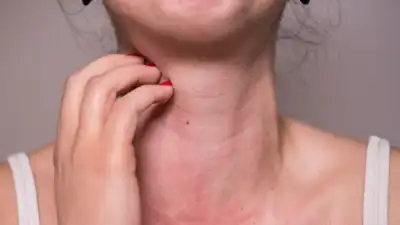Food Allergy: Are you allergic to some food? 5 ways to almost guess it at home without tests |

An immunological response that occurs shortly after consuming a particular food is known as a food allergy. A small quantity of the food that causes the allergy can cause symptoms including hives, enlarged airways, and stomach issues.Food allergies in certain individuals can result in severe symptoms or even anaphylaxis, a potentially fatal reaction. While finding out if you have a food allergy may require some particular tests, recognizing their symptoms may help. Here are 5 ways to almost guess it at home without tests:
Observe reactions
Observing reactions in the body could be one of the ways to detect if a person is allergic to something. They can monitor symptoms like itching, swelling, redness, and digestive issues. In addition, time should be monitored as to when the symptoms occur, how frequently they come, and the severity.
Identify triggers
According to Dr. Manik Sharma, Director – Gastroenterology, Max Super Speciality Hospital, Noida, “By identifying the triggers, a person can identify the food products that have led to the symptoms mentioned. These could be due to dairy products. They can alternate between food items, remove some, and then maybe reintroduce them after some time to suspect the possible allergies.”
Keep track
Recording in a food diary what you are ingesting may help to identify which food is causing the allergy. It may also help to identify the pattern. Keep an eye out for delayed reactions. Not every food allergy results in an adverse reaction right away. Some symptoms may appear hours later, such as fatigue, bloating, itching, or fogging of the brain. After eating, record your feelings, particularly if you observe a pattern with a particular cuisine.
Try elimination diet
Consider implementing an elimination diet. This is among the most popular do-it-yourself techniques. For two to three weeks, cut out one questionable ingredient (such as dairy, wheat, or eggs) entirely from your diet and observe whether your symptoms get better. Later, reintroduce it and observe whether the symptoms recur. This can assist in identifying the offenders.

Check symptoms
Check for other symptoms like sneezing, coughing, and itching. These are some common symptoms that people notice as the first sign of a potential food allergy. Swelling in the mouth region or tingling on the inside of the cheeks should not be ignored.Seeking help from a medical professional is the best way for timely identification of allergies. If the symptoms keep coming back and are severe, a person should seek professional help in order to prevent future health problems.
















